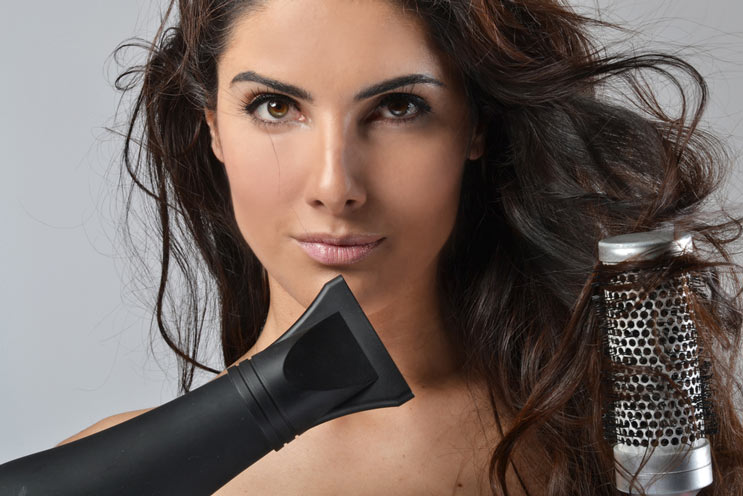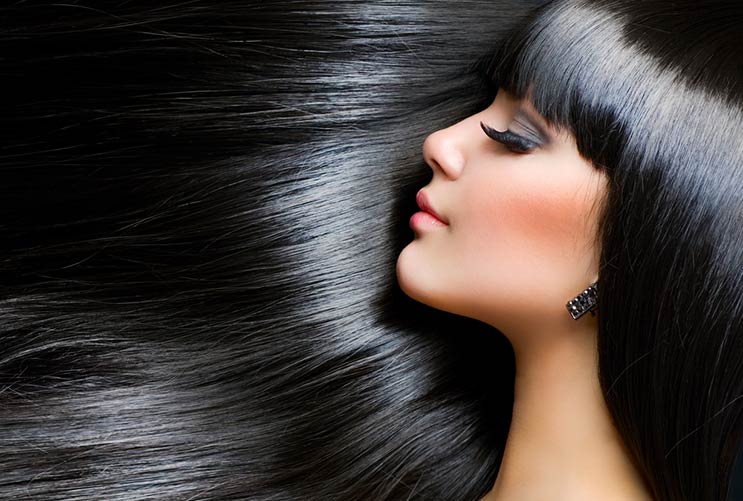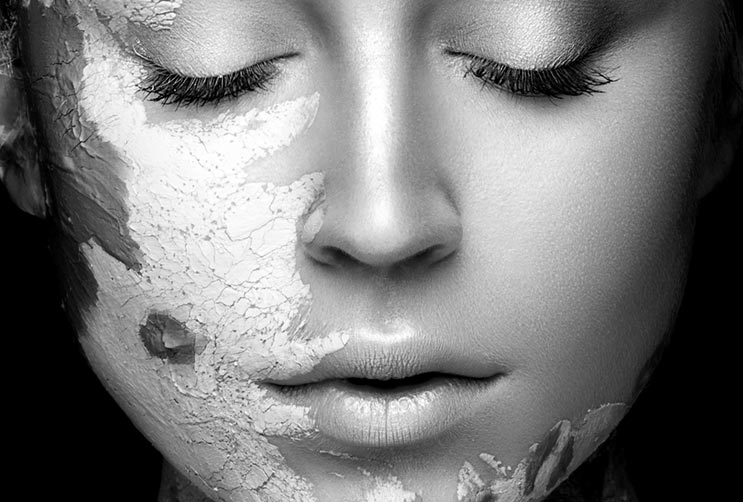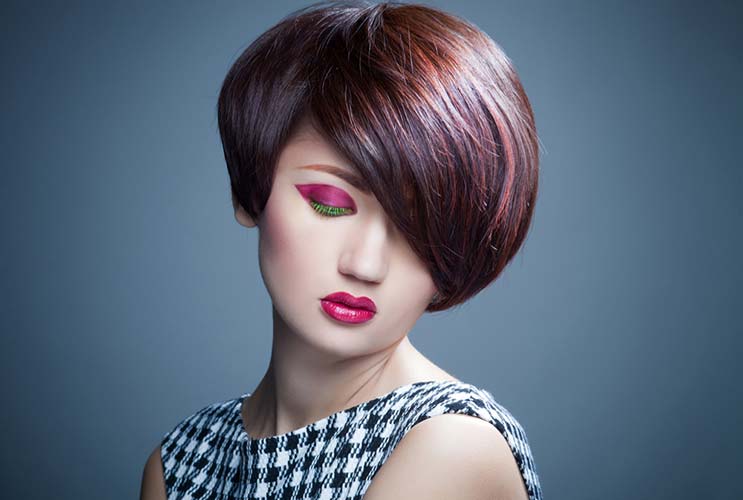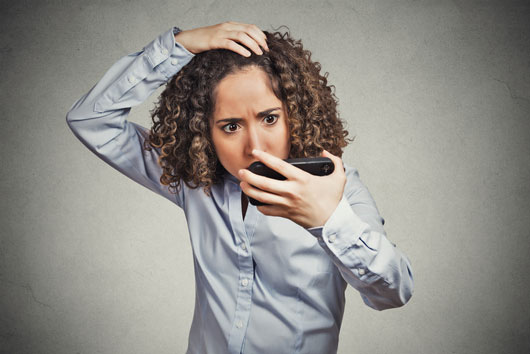
As we age a lot of things can change with your looks and your body. Things that used to be perky begin to sag, and while wrinkles and gray hair may get most of the attention, hair loss in women is a serious issue for a lot of people. And newsflash, we’re not just talking about men. Women can develop bald spots as well, and it’s equally unpleasant regardless of your gender. Female pattern baldness is the #1 cause of hair loss among women. Despite the fact that people typically associate hair loss and baldness with men, it is just as common in women. And the harsh truth about hair loss, especially with women, is that you loose more than just your strands. As ABC News reports, a study published in the Journal of Women’s Health and Gender-Based Medicine found that “hair loss in women was associated with self-consciousness, jealous and a feeling of powerlessness about hair loss.”
It’s important to note that we’re not talking about a little mild shedding, which happens to almost everyone on a daily basis. We lose hair while we sleep, in the shower, when we brush and style our hair etc. According to Francesca Fusco, MD, a New York City dermatologist who specializes in hair loss, “on average we lose fifty to a hundred hairs a day…that’s just hair going through its cycles, and there will be a new one to replace it.” If you’re dealing with a more serious condition and you are worried that your might be losing too much hair, and you are dangerously close to balding, then we’re here to help, or at least to educate you on what’s going on.
Read Related: Hair Care: 10 Reasons to Always Use Sulfate Free Shampoos
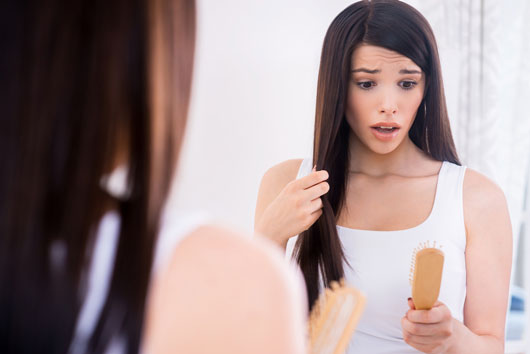
So what exactly causes female hair loss, and how can it be prevented? A few factors contribute to whether or not a woman will develop bald spots in her life. First, we have to blame those pesky genes that determine so much of what happens to our bodies and our appearance. Your genetics dictate not only your natural hair color and hair texture, but also what will happen to that head of hair over time. Heredity hair loss is also known as androgenetic alopecia, and it can be inherited from either side of your family. According to Dr. William Rassman, co-author of Hair Loss & Replacement for Dummies in a Q&A article for Time Magazine, “about 45% of women in their lifetime will end up having some form of hair loss, and it’s mostly genetic in that 45%.” This condition can start as early as your 20s, and typically begins as thinning hair along your hairline. The good news: if you are at risk of genetic hair loss, you can slow the process by applying minoxidil (aka Rogaine), which is the only FDA approved medication to treat female pattern baldness.
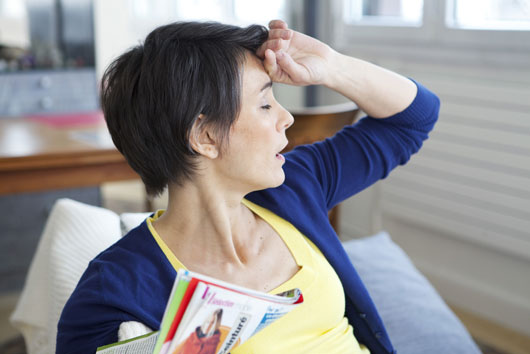
Another potential cause of hair loss may include a hormonal shift, which usually occurs after major milestones that affect your female health—think childbirth or menopause. After childbirth your hormone levels change so drastically that this dramatic shift causes your body to shed hair at a rapid rate. It can be traumatic and terrifying when massive clumps of hair fall out unexpectedly, but rest assured that is totally normal and the hair will grow back over time. With menopause, a woman’s estrogen levels drop, causing the hair on your head to thin while other hair (on your body or face) may feel thicker and more visible.
Other reasons for female hair loss include increased levels of stress, an underactive thyroid, vitamin deficiencies (make sure you get enough iron and protein in your regular diet), and excessive styling. Note to self: while you may look pretty, the straightening iron is not always your friend.
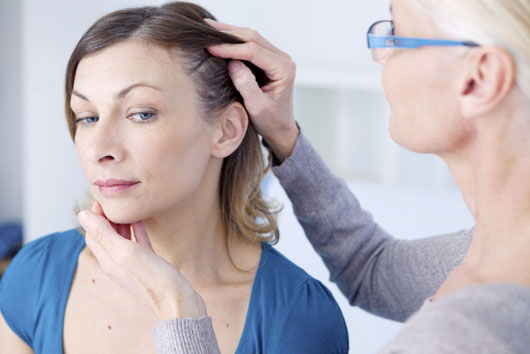
So what can you do if you notice that you are developing bald spots? First of all, you should consult with a doctor and hair loss specialist who can diagnose the cause of your hair loss and help you come up with an action plan to prevent further loss and hair damage. You might just need to change your hair habits and focus on building up the strength and health of your hair, rather than going overboard with the highlights, relaxing treatments and daily blowouts. If you are suffering from a more serious condition, there is topical medication that can help. Vitamin deficiencies might require a shift in your diet, or simply a vitamin supplement to strengthen existing hair and encourage hair regrowth.
Lastly, if you are a woman and you are suffering hair loss, you should not be embarrassed about your condition. You are not alone—nearly 20 million women in America will experience hair loss in their lifetime. Ask for help if you need it, and acknowledge that losing your hair really is a loss. According to Dr. Robert T. Brodell, MD, professor of internal medicine of the dermatology section at Northeastern Ohio Universities College of Medicine, explains, “for many people, their hair is what makes them feel beautiful. When you lose your hair—for whatever reason—it can be devastating.” If you are feeling intense feelings of sadness or helplessness, speak to a mental health professional who can help you work through your emotions as you cope with your condition.



